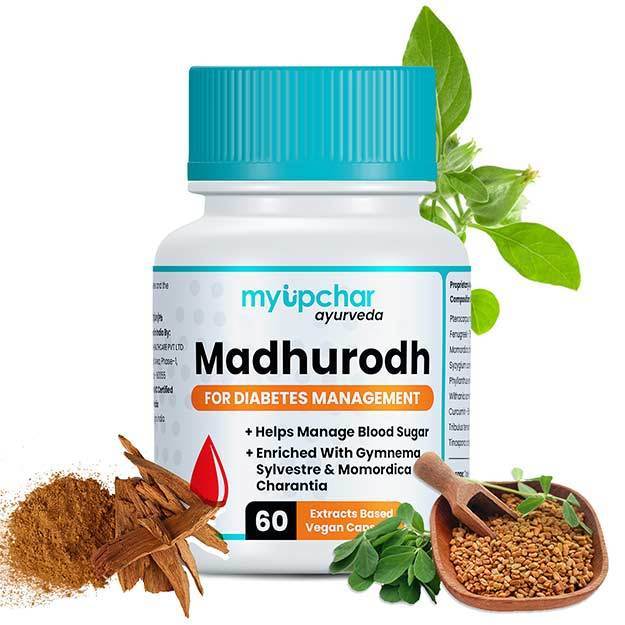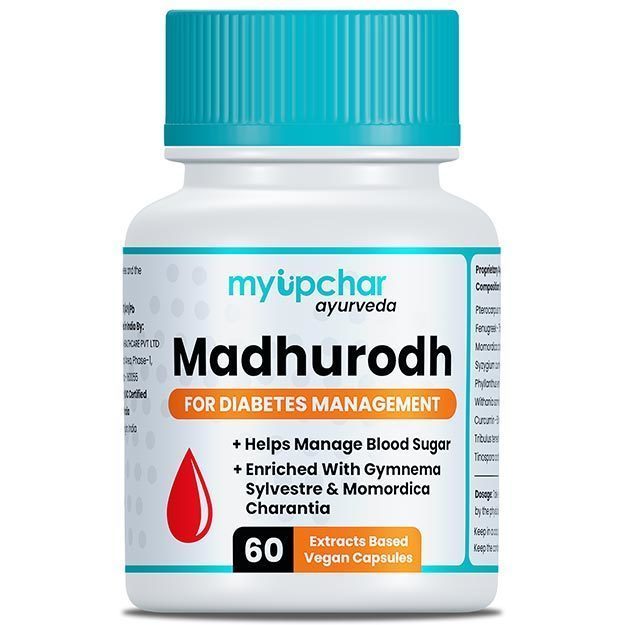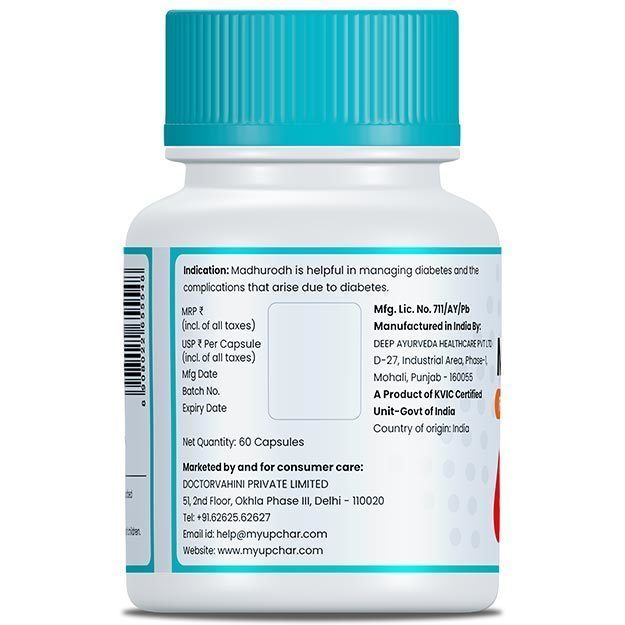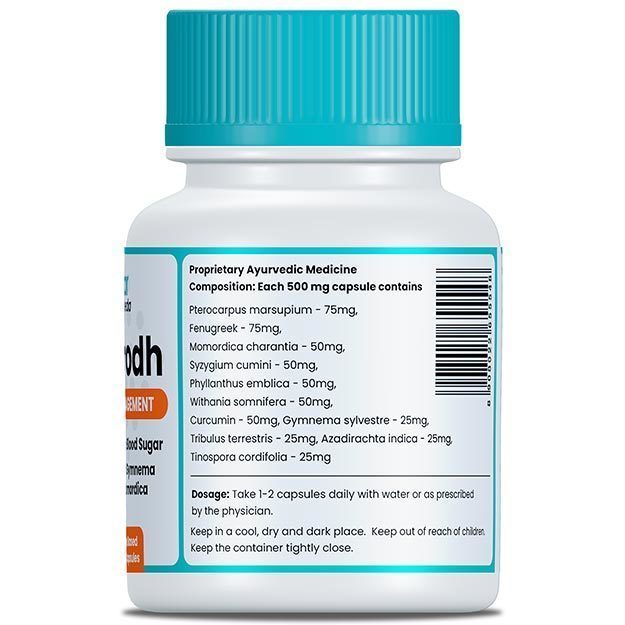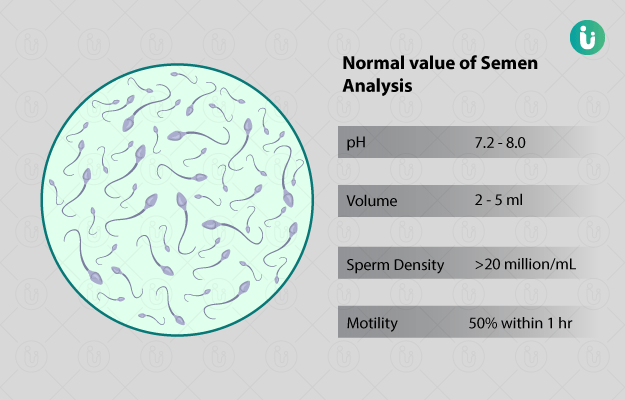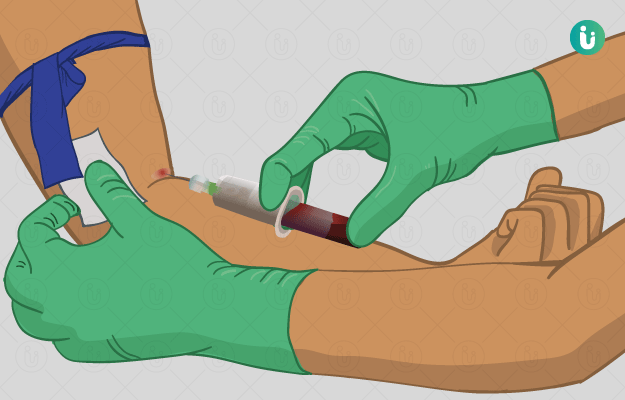What is a Blood Culture test?
A blood culture test is a laboratory procedure that is performed to detect the presence of organisms, such as fungi or bacteria, in a blood sample that might be the cause of infection in blood. Severe infections from other regions of the body spread to different organs and blood, causing blood infections.
Blood infections can be severe, leading to sepsis (infections that need urgent hospitalisation) and other life-threatening conditions such as endocarditis (infection in the lining of the heart). People diagnosed with conditions, such as leukaemia or acquired immunodeficiency syndrome (AIDS), who take immunosuppressive medications and use prosthetics are at a higher risk of acquiring blood infections.
Apart from detecting microbes in blood, a blood culture test also helps to discern contaminants with infection-causing organisms.





